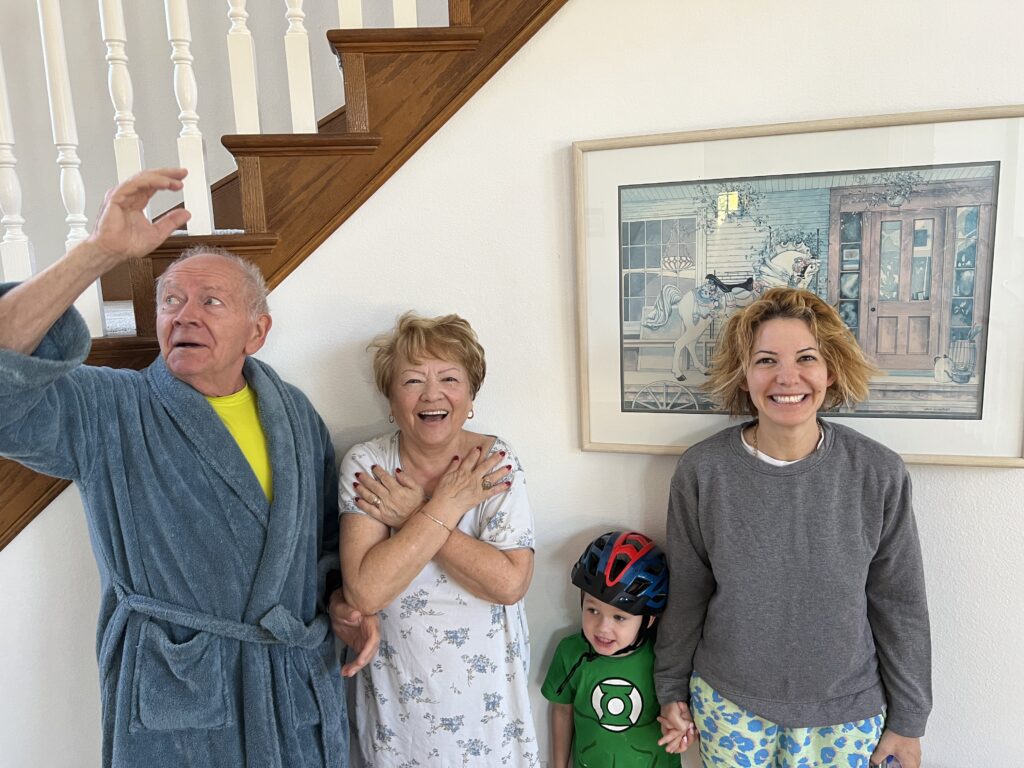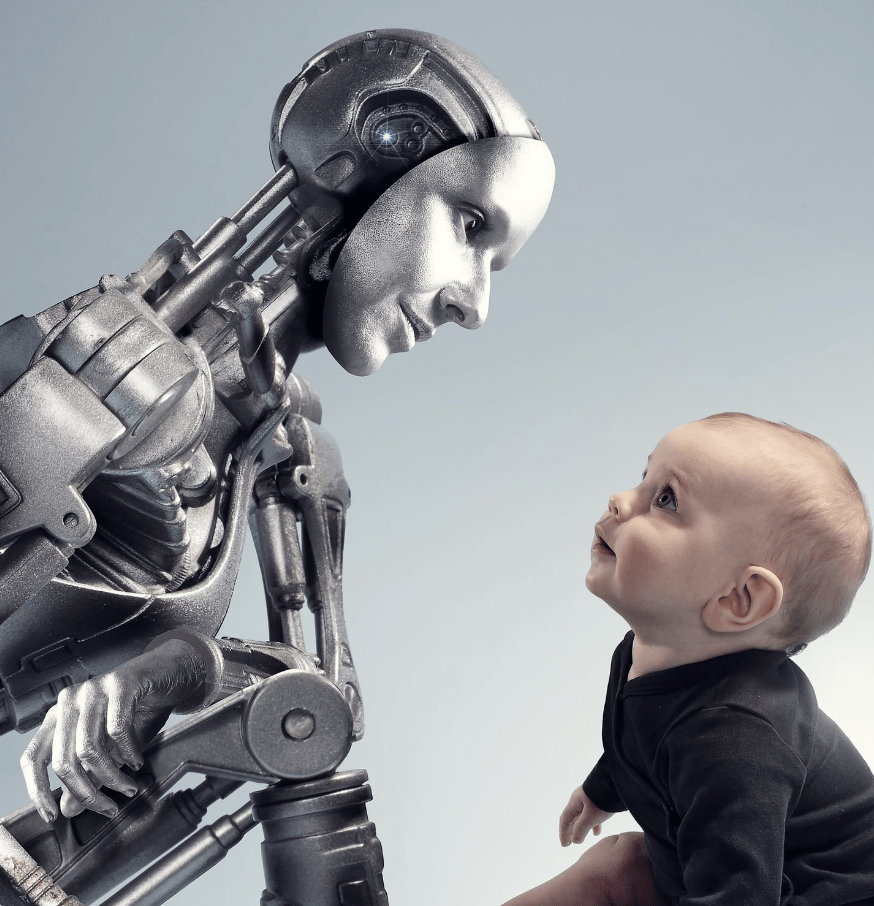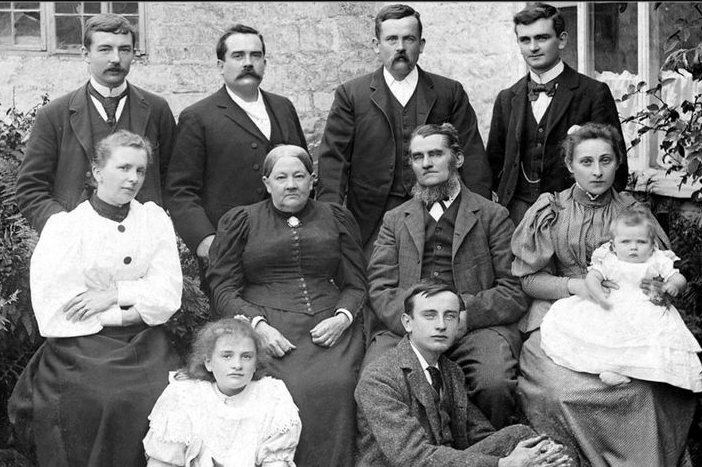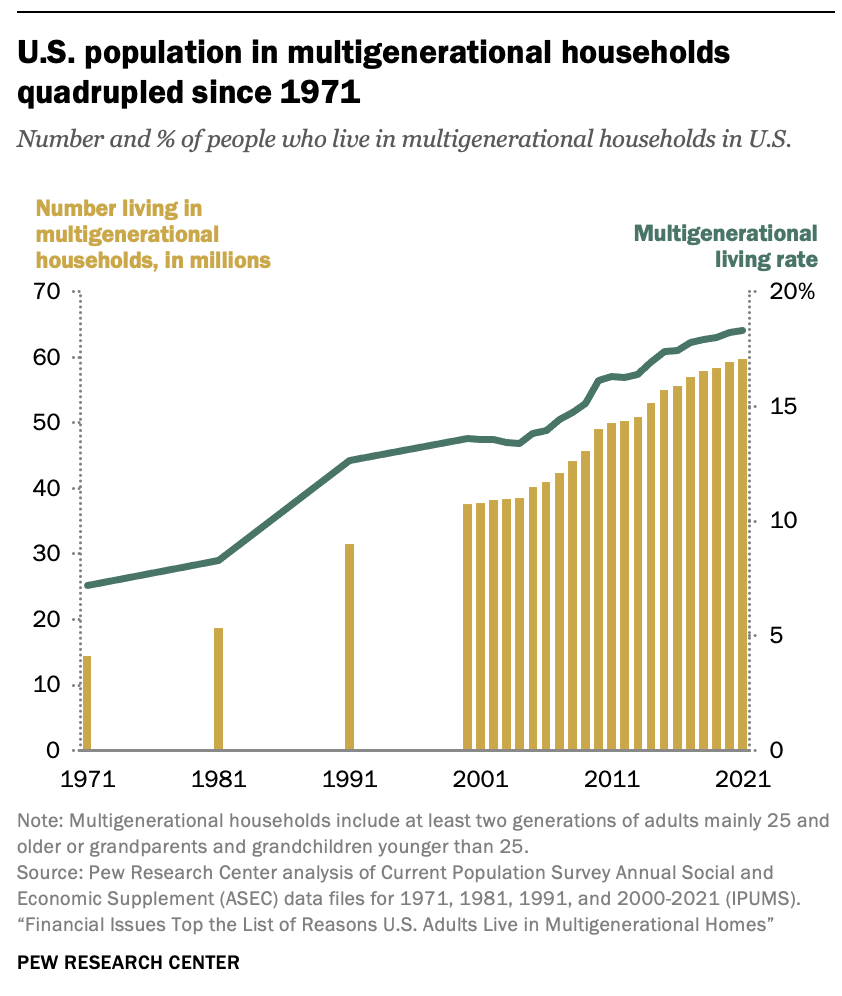
Why Multi-Generational Living is Essential for the Future
In this article we would discuss why multi-generational living is so essential for the future.
The world is changing rapidly, driven by forces like artificial intelligence (AI), demographic shifts, and financial pressures. These changes are creating new challenges and opportunities for families. One way to address these challenges and capitalize on the opportunities is through multi-generational living.
Multi-generational living refers to households that include two or more generations of family members, such as grandparents, parents, and children, together in a multi-generational home. This type of living arrangement has been common throughout history, but it is becoming increasingly popular again in many parts of the world.
There are many reasons why multi-generational living is becoming more relevant in the 21st century. Here are just a few:
1. The Rise of AI and Automation
AI and automation are transforming the workplace, displacing some jobs and creating new ones. This is leading to economic uncertainty for many families. Multi-generational living can help families pool resources and share expenses, making it easier to weather economic storms. Additionally, different generations living together in a multi-gen home can bring diverse skillsets to the table, making families more adaptable to a changing job market.
2. Aging Populations
The global population is aging rapidly. This is putting a strain on social security systems and healthcare resources. Multi-generational living can help alleviate this strain by providing informal care for older adults. Grandparents can help with childcare in a multi-generational home, while younger adults can help with errands and transportation. This can help older adults age in place in their own homes, rather than moving to expensive nursing homes.
3. Financial Challenges
The cost of housing, education, and healthcare is rising in many parts of the world. This is making it difficult for many families to make ends meet. Multi-generational living can help families afford these costs by sharing housing expenses and childcare costs. Additionally, grandparents can provide financial support to younger adults, helping them pay off student loans or save for a down payment on a multi-generational home.
4. Social Isolation and Loneliness
Social isolation and loneliness are major problems in modern society. This is especially true for older adults who live alone. Multi-generational living can help combat these problems by providing social interaction and connection. Grandparents can provide companionship for younger adults, while younger adults can help keep grandparents active and engaged.
5. Cultural Exchange and Transmission of Values
Multi-generational homes provide a natural opportunity for cultural exchange between generations. Grandparents can pass on their traditions and values to younger generations, while younger generations can expose grandparents to new ideas and perspectives. This can help create stronger families and communities.
6. Environmental Sustainability
Multi-generational living can be more environmentally sustainable than traditional living arrangements. Families that share a home can reduce their energy consumption, water usage, and transportation emissions. Additionally, multi-generational homes are often larger, which can accommodate more people without needing to build new houses. One way to create a multi-gen home is by adding an accessory dwelling unit (ADU) or “granny flat” to an existing property.
7. Greater Sense of Purpose and Belonging
Multi-generational living can provide a greater sense of purpose and belonging for all members of the family. Grandparents can feel valued and needed, while younger adults can benefit from the guidance and support of older generations. Children can grow up in a loving and supportive environment, surrounded by extended family members.
8. Improved Mental and Physical Health
Studies have shown that people who live in multi-generational homes have better mental and physical health than those who live alone. This is likely due to the increased social interaction, emotional support, and sense of belonging that comes with multi-generational living.
9. Preservation of Cultural Heritage
In many cultures, multi-generational living is the traditional way of life. It is a way to preserve cultural heritage and traditions. In a world that is becoming increasingly homogenized, multi-generational living can help to maintain cultural diversity.
10. Fostering Resilience
Multi-generational families are often more resilient than traditional families. They have a wider support network to draw on in times of crisis. Additionally, the different perspectives of different generations can help families to find creative solutions to problems.





